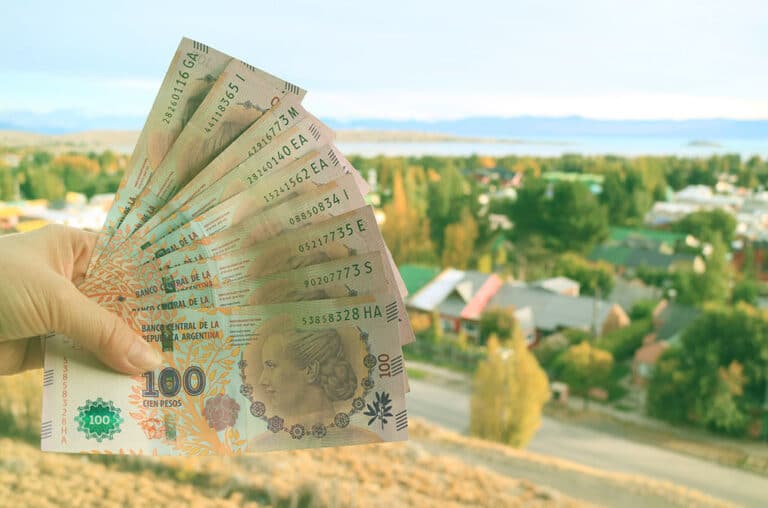
In what will have all sorts of implications for the country’s government bonds, Argentina has seen its inflation rate reach 7.4 percent in July.
Last week the Argentinian central bank increased its benchmark interest rate by 950 basis points to 69.5 per cent as inflation reached a 20-year high of 71 per cent according to data reported by the Associated Press.
In a country that is used to increasing prices, the latest figures firmly cement Argentina amongst the countries with the highest inflation rates in the world.
Many are predicting that the inflation rate will go above 90 per cent and even to 100 per cent if the government of President Alberto Fernandez can’t put downward pressure on rising prices.
It is estimated that around 40 per cent of Argentina’s population of approximately 47 million people are affected by poverty with increases in food prices particularly hitting hard.
Also read: Social Impact Bonds Break Homelessness Cycle
Bartering is exploding in popularity with many looking to exchange goods for basic food supplies. Bartering fairs became popular in the country after the economic collapse of 2001 and are making a comeback as the inflation rate has been firmly in double digits for a number of years.
According to the Associated Press, the acceleration of the country’s already high inflation rate comes shortly after the government had three economy ministers within one month amid uncertainty that led the local currency to depreciate sharply in the financial market.
Aviva Investors in a report last month outlined how soaring food prices and social unrest intertwine with countries’ fiscal positions and its impact on emerging market debt investors.
They found soaring food prices are especially problematic for poorer countries where food accounts for far more of the average household shopping basket than it does in richer nations. Often the biggest single constituent of consumer price indices, it typically accounts for around 25 per cent of household outlays.






























